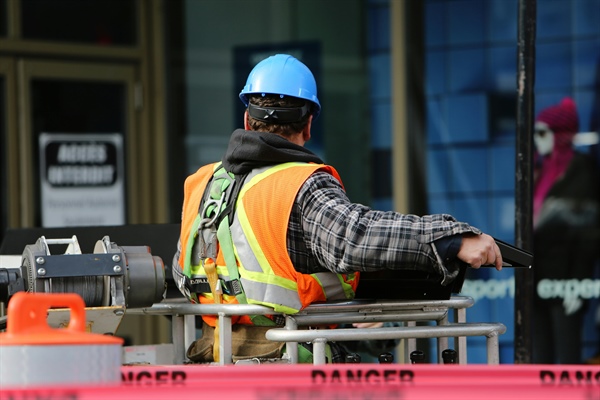
What Does "Working at Height" Mean?
According to workplace safety guidelines, working at height refers to any task where a person could fall and injure themselves, whether it's from a ladder, roof, scaffold, or even a small step stool. It also includes tasks conducted above ground level or near open edges where a fall risk exists.
Common Hazards Associated with Working at Height
Some typical risks include:
- Falls from ladders or scaffolding
- Falling objects that could strike people below
- Unsafe equipment or improperly installed safety measures
- Weather conditions that can increase the risk of slips and falls
- Fatigue or poor training, leading to human error
Key Principles for Safe Working at Height
1. Plan the Task Thoroughly
Before starting work:
- Conduct a risk assessment to identify hazards.
- Determine whether working at height is absolutely necessary. Can the task be done from ground level with tools like long-handled equipment?
- Outline a clear method statement to guide the work safely.
2. Use the Right Equipment
Ensure the proper selection and use of equipment, including:
- Ladders: Only use ladders for short-duration tasks and ensure they are stable and secure.
- Scaffolding: Inspect scaffolding for stability and correct assembly.
- Personal Fall Protection Equipment (PFPE): Use harnesses, lanyards, and anchor points when required.
- Mobile Elevated Work Platforms (MEWPs): Opt for MEWPs for tasks requiring extended height access.
3. Inspect Equipment Regularly
All equipment used for working at height must be inspected:
- Before every use.
- Periodically, as per manufacturer’s guidelines and regulatory standards.
- After incidents that could affect its integrity, such as impacts or exposure to harsh conditions.
4. Train Employees
Workers must be trained on:
- Identifying risks when working at height.
- Proper use of fall protection systems.
- Emergency procedures, including rescue operations in case of a fall.
5. Mitigate Falling Object Risks
Prevent objects from falling by:
- Using tool lanyards or secured containers for equipment.
- Installing toe boards or edge protection on elevated surfaces.
- Marking and cordoning off danger zones below the work area to protect passersby.
Additional Safety Tips
- Check weather conditions: Avoid working at height in strong winds, rain, or icy conditions.
- Never overload equipment: Ensure ladders, scaffolds, and platforms are not overloaded with excessive weight.
- Use proper footwear: Non-slip, supportive footwear is essential for stability.
- Monitor fatigue: Ensure workers are well-rested and alert to reduce the risk of errors.
Legal and Regulatory Requirements
Most countries have specific regulations governing work at height. For example:
- In the UK, the Work at Height Regulations 2005 require employers to ensure tasks are planned, supervised, and carried out safely.
- In the US, OSHA’s standards (29 CFR 1926 Subpart L and M) provide guidelines for fall protection and scaffolding safety.
Employers must:
- Provide the right equipment and training.
- Conduct regular inspections and maintenance of equipment.
- Implement rescue procedures in case of an emergency.
Emergency Preparedness
Despite the best precautions, accidents can happen. Be prepared by:
- Ensuring access to first aid kits and trained personnel.
- Developing and practicing emergency evacuation and rescue plans.
- Keeping communication channels open for quick response.
Conclusion
Working at height doesn’t have to be dangerous if the proper precautions are taken. By planning thoroughly, using the right equipment, and following safety regulations, you can significantly reduce risks and ensure a safe working environment.
Remember, safety is a shared responsibility. Encourage your team to stay vigilant, report hazards, and prioritize safety in every task. By doing so, you’ll not only prevent injuries but also foster a culture of care and accountability in your workplace.
TTFN!